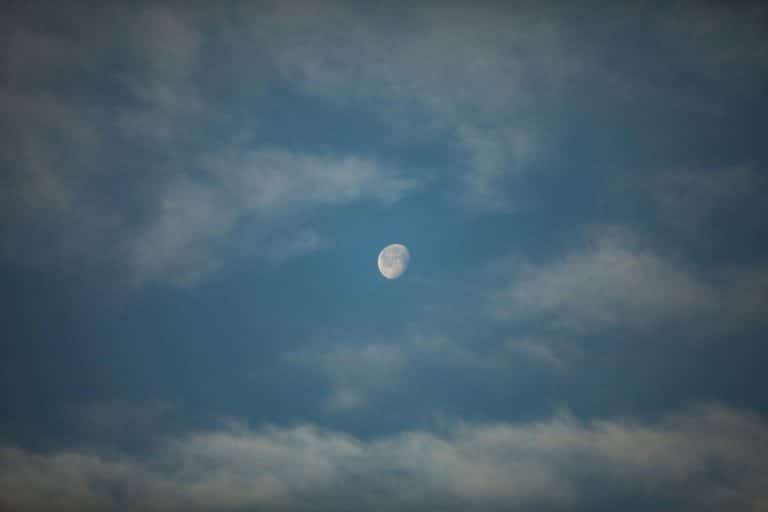Earth may have lost up to 60 per cent of its atmosphere composition. Here’s how

A study based on 300 3-D computer simulations, led by Durham University, is looking at the consequences that rocky planets with thin atmospheres face due to the impact of extraterrestrial collisions. Findings that have been published in The Astrophysical Journal Letters could potentially be used by astronomers who are studying the Moon, which has been thought to have formed following a collision between a Mars-sized rock and Earth. Here’s why this is so important to understand.
Lead researcher Dr Jacob Kegerreis from the Institute for Computational Cosmology at Durham University and his team have developed a way of revealing the scale of atmosphere loss or gain during planetary collisions. Kegerreis said in the published letters that “the puzzle about how the Moon formed and the other consequences of a giant collision with the early Earth is something that scientists are working hard to unravel.”
The angle, speed or size and mass of the planet collision affects each of the planet’s atmosphere in a variety of ways. Researchers looked into a part of the study using these supercomputer simulations.
Kegerreis continues that “while these computer simulations don’t directly tell us how the Moon came to be, the effects on the Earth’s atmosphere could be used to narrow down the different ways it might have been formed and lead us closer to understanding the origin of our nearest celestial neighbour.”
Computer simulations reveal that Earth could have lost anywhere between 10 to 60 per cent of its atmosphere in the collision that is thought to have brought our Moon into existence. The findings from this study lead us to the development of a new way to predict atmospheric loss in rocky planets that have been involved in a collision.
Evidence suggests that slow giant impacts between young planets and massive objects could add significant atmosphere to a planet, if the impactor also has a lot of atmosphere. This is completely dependent on where, how and how fast the two planets collide.
For example, if two objects collide head on and the larger object’s velocity is greater, the smaller object and its atmosphere is likely to be entirely obliterated. If the collision is off kilter or grazed, (imagine a pool ball being hit on the side to aim another ball in a certain direction) it may be more likely for a swap or introduction of substances and in this case, a loss or gain of atmospheres, to occur.
Co-author Dr Vincent Eke stated that “At the moment it appears that the amount of atmosphere a planet loses due to these collisions depends upon how lucky or unlucky they are in terms of the type of the impact they suffer.”
Why is it important to understand the impacts of planetary collisions?
The Moon is believed to have formed about 4.5 billion years ago after a collision between a young Earth and a giant impactor, possibly the size of Mars. This could have caused Earth to lose 10 to 60 per cent of its atmosphere as mentioned above, which brings me to question how Earth was forming as the young planet it was before the collision occurred to the forefront. In other words, would Earth be looking completely different today had it not collided with this impactor so many years ago?
Fellow researcher and co-author Dr Luis Teodoro from the School of Physics and Astronomy in Glasgow also stated in the The Astrophysical Journal Letters that “This major suite of planetary simulations also sheds light on the role of impacts in the evolution of earth like exoplanets.”
Kegerreis continues that this research “would feed into models of planet formation as a whole. This in turn will help us to understand both the Earth’s history as a habitable planet and the evolution of exoplanets around other stars.” On a purely scientific note, understanding the history of our existence may or may not lead us to predict potential threats to our existence. As much of the miracle that Earth and its atmosphere truly is, even miracles are linked to a consequential web.
On another note, as good as predicting potential threats sounds, there remains one thing that doesn’t need any predicting anymore and yet still keeps on being ignored by most of us. We could and should worry about a giant impactor coming right at us, but if we keep doing what we’re currently doing—or should I say not doing—there won’t be much left to worry about. There won’t be much left of Earth at all.




